Years of law enforcement efforts to combat snaring and poaching have proven ineffective in preventing the loss of Cambodia’s last remaining Indochinese leopard population, according to a recent study conducted by Panthera and the University of Oxford’s WildCRU. The study’s findings indicate that the subspecies, Panthera pardus delacouri, is now functionally extinct in Cambodia, with only a few individual leopards possibly remaining in the country’s forests.
The research team conducted seven camera-trap surveys in Cambodia’s Eastern Plains between 2009 and 2019, revealing an 82% decline in the leopard population during that period. A subsequent survey in 2021 failed to find any leopards. The Indochinese leopard is critically endangered, and its strength has shrunk to just 2-6%. Cambodia’s population was considered a conservation priority as one of the last viable breeding populations. Now the remaining strongholds remain in Peninsular Malaysia, Thailand, and Myanmar.


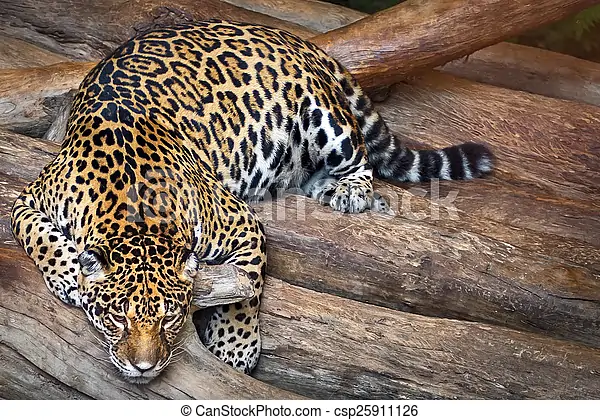
The study also highlights the extinction of the subspecies from all of eastern Indochina, including Cambodia, Laos, and Vietnam. The researchers warn of the imminent extinction of the Indochinese leopard unless immediate conservation funding and action are taken in its remaining strongholds in peninsular Malaysia and the Northern Tenasserim Forest Complex on the Thailand-Myanmar border. However, a lack of funding and competing conservation priorities for other species have hindered targeted initiatives for the recovery of the Indochinese leopard.
The decline of Cambodia’s leopards can be attributed to rampant snaring driven by the demand for wild meat, particularly from species like wild pigs and muntjac deer. The study also points out other factors contributing to the decline, including infrastructure development, illegal logging, and habitat loss. The snaring crisis in Southeast Asia poses a significant threat to various species, including Cambodia’s clouded leopards and other wild cats.
Similar Post
The researchers emphasize that law enforcement efforts alone are insufficient to address the snaring crisis and protect Cambodia’s wildlife. A holistic approach is needed, including reducing the demand for wild game and implementing measures to protect wildlife. Conservation scientist Susana Rostro-Garcia urges urgent conservation action focused on the Indochinese leopard, highlighting the need to involve Indigenous peoples as equal partners in conservation projects and address the root drivers of poaching, such as poverty, land insecurity, and market demand for wildlife products.
In light of the study’s findings, the researchers stress the urgent need for conservation measures targeting the Critically Endangered Indochinese leopard subspecies. The survival outlook for the subspecies has significantly worsened, and efforts should now focus on areas in Thailand, Myanmar, and Peninsular Malaysia where viable populations still exist. A multifaceted approach that combines law enforcement, education campaigns, community outreach, and reduction of wildlife consumption is crucial to protect the Indochinese leopard and prevent its extinction.
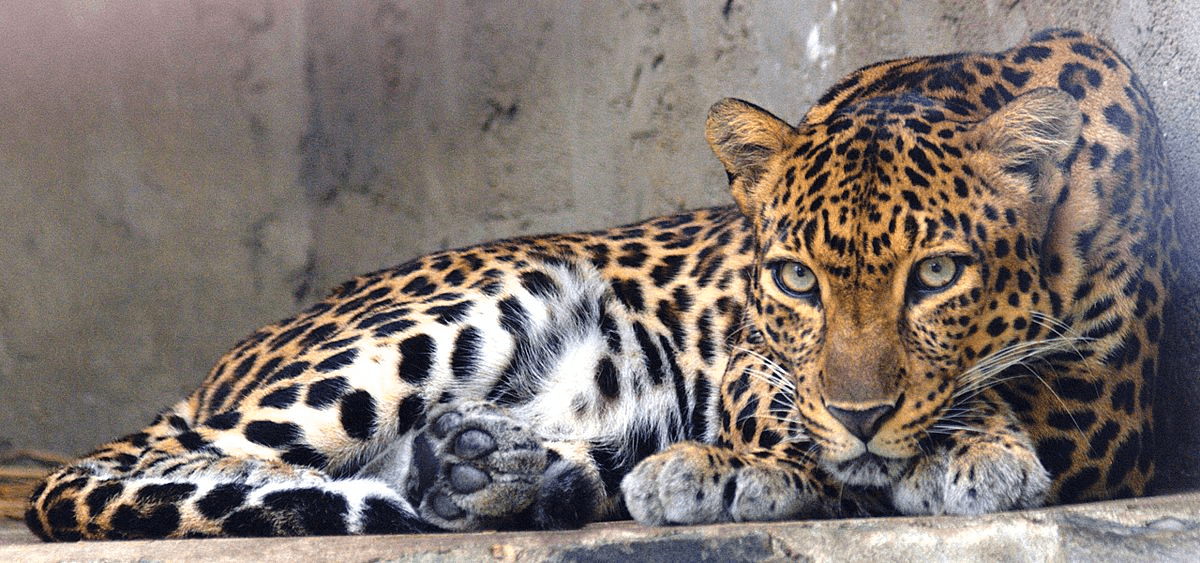




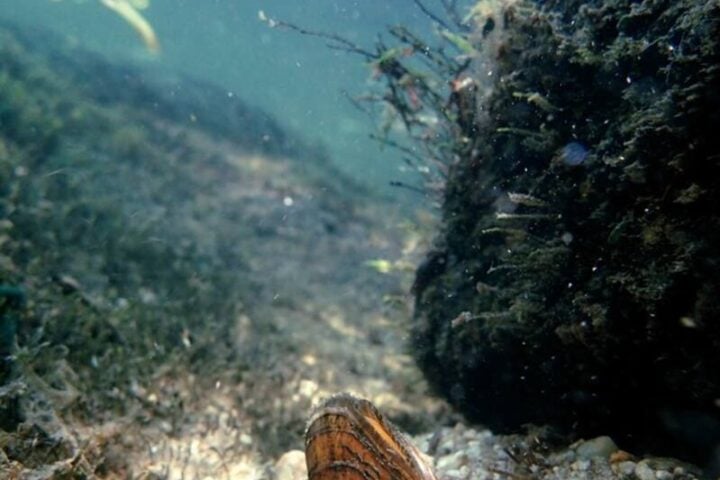






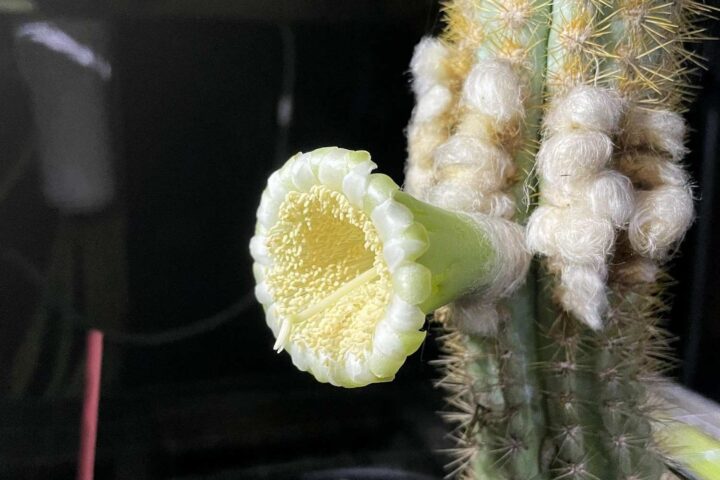
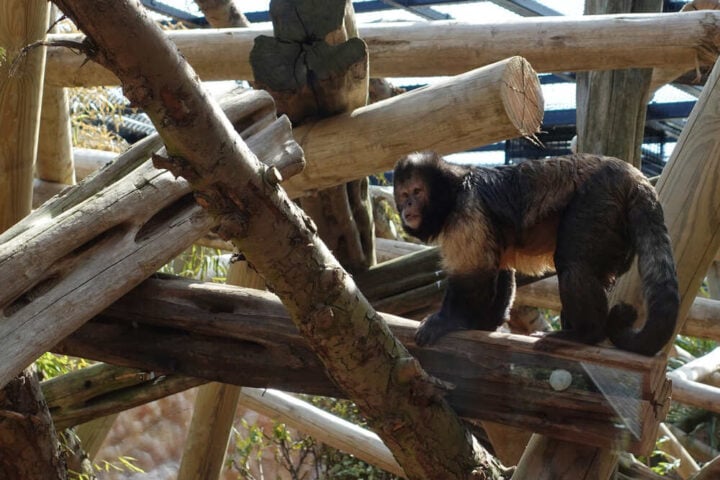



![Representative Image: European Starling [49/366]. Photo Source: Tim Sackton (CC BY-SA 2.0)](https://www.karmactive.com/wp-content/uploads/2025/04/Starlings-Drop-82-in-UK-Gardens-as-Birdwatch-2025-Reveals-Record-Low-Count-Since-1979-720x480.jpg)
